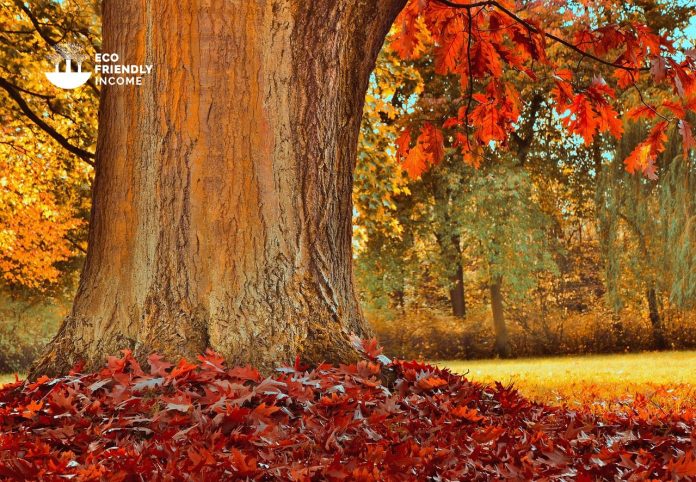
Featured Photo by S. Rae / CC BY 2.0
A field guide on how to identify and propagate Northern Red Oak (Quercus rubra), a hardy tree that is native to eastern North America.
How to Identify Northern Red Oak (Quercus rubra)
Leaves
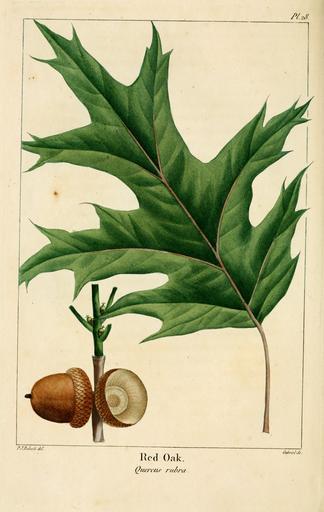
Red oak leaves are oval to elliptical-shaped, have lobate margins, and have pointy tips. They grow on the stems in alternate arrangement.
Bark
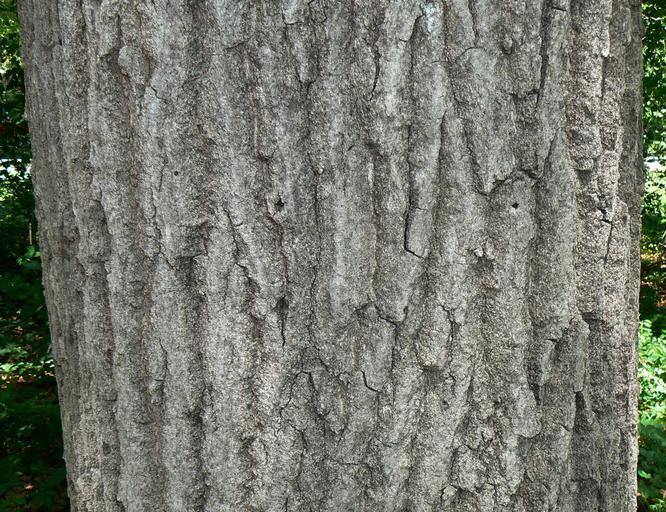
The bark of a red oak tree is typically gray or gray-brown in color and is relatively smooth in texture.
It is covered in shallow, rounded ridges that are scaly and tend to divide into small, rounded plates.
The ridges of the bark are almost non-existent in younger trees but become more pronounced as the tree matures.
Fruit
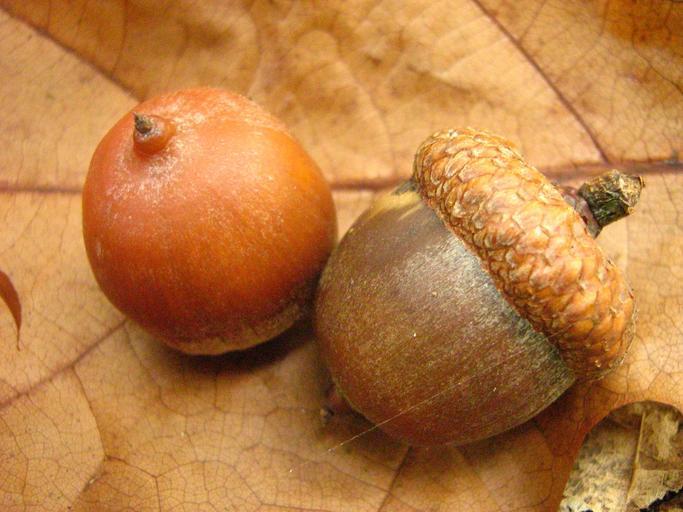
Red oak acorns are typically round and range from 1/2 inch to 1 inch in diameter.
The shell is light brown and has ridges and brown scales.
The nut inside is a light brown color with a sweet taste.
Flowering Season
Red oak trees typically produce acorns between late summer and early autumn.
The tree needs to be at least 20 years old to produce acorns.
Habitat
Quercus rubra trees are native to North America and are typically found in temperate deciduous forests, along streams and rivers, in lowland areas, and in open, rocky uplands.
They can also be found in areas with poor drainage and soils with a high pH.
They are found growing naturally mostly in the Eastern Forest-Boreal Transition, Great Lakes & Acadian Forests.
Some understory plants & trees that often associate with red oak are:
- Eastern White Pine (Pinus strobus)
- Roundleaf Serviceberry (Amelanchier sanguinea)
- Spicebush (Lindera benzoin)
- Poison Ivy (Toxicodendron radicans)
- Blueberries (Vaccinium sp.)
Wildlife Value
Quercus rubra, also known as Northern Red Oak, is a valuable species for wildlife.
Their acorns are a popular food source for many wildlife species, such as squirrels, deer, and birds.
Red oak provides nesting sites for a variety of birds and its dense foliage offers protection from predators.
The leaves and bark of the tree also provide food and shelter for a variety of butterflies and moths.
Additionally, the cambium inside the bark is a great source of nutrients for small mammals, such as voles and mice.
How to Propagate Northern Red Oak (Quercus rubra)

Hardiness Zone: 3-8

Soil Type: Acidic, moist, loam, clay, sand.

Water: Normal.

Exposure: Full Sun
You can propagate red oak with two effective methods:
- Stem Cuttings: It provides established trees faster, but is tricky, and could have a lower success rate.
- By Seed: The success rate is high but takes longer to get established saplings.
If you want to propagate by seed, it’s important to know that oak trees do not produce acorns frequently.
Some regions experience multiple years between harvests, so if this year the trees aren’t fruiting, you might as well try cuttings.
Fortunately, you can propagate red oak quite successfully through cuttings.
Let’s take a look at both methods:
How to Propagate Northern Red Oak (Quercus rubra) by Seed
In order to propagate red oak through seeds, you’ll have to locate a mature oak tree that is yielding acorns this year.
As acorns are not always produced annually, your success may be reliant on luck.
How to Harvest Seeds
If you’ve located a red oak, all you have to do is collect the acorns.
The best time of the year to do that is early to mid-autumn.
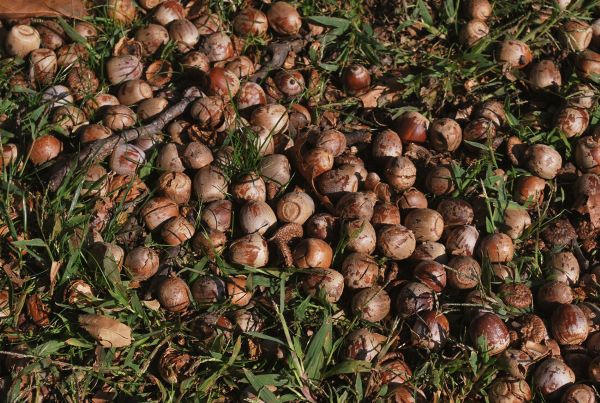
Here’s how:
- First, carefully gather smooth, brown acorns that have no caps.
- Next, inspect them for holes or cracks, which may mean an insect has already entered.
- If you can reach any branches, you may knock off some acorns, however, be careful not to damage the tree.
- Finally, put the acorns into a bag or a jar you brought with you for safekeeping.
Tip: Do not leave them in the sun or in the car for extended time periods, that can cause them to spoil!
Sowing
Before you sow, there’s a test you can do to determine if the acorn is good or bad quality.
The Float Test
- Get a bowl and fill it with water.
- Remove the caps of your acorns, and dunk them into the water for at least 15 mins.
- Return to see the results, floating acorns are damaged, and sunken ones are good quality.
That’s because live acorns are dense with moisture, while damaged ones will have air pockets and cause them to float.
Now before you sow, red oak acorns need to go through a cold stratification to germinate. The cool thing is that you can stratify them in the fridge, where they will eventually germinate by themselves.
At this point, you’ll know that they’re ready to transplant into a pot.
Stratification
Here’s how to cold stratify red oak:
- Place the acorns in a big ziplock bag with a mix of 50/50 sand and potting soil, and moisten.
- Place into your refrigerator for 90-120 days, but what’s important is to check regularly to make sure the soil is still moist (every 7-10 days).
- After about 3 months, acorns can start to germinate, so keep a close eye on them.
- When they do, just take them out of the ziplock bag, surface sow them into pots (with the root racing downwards), and compact the soil around the acorn (you should still seed the acorn).
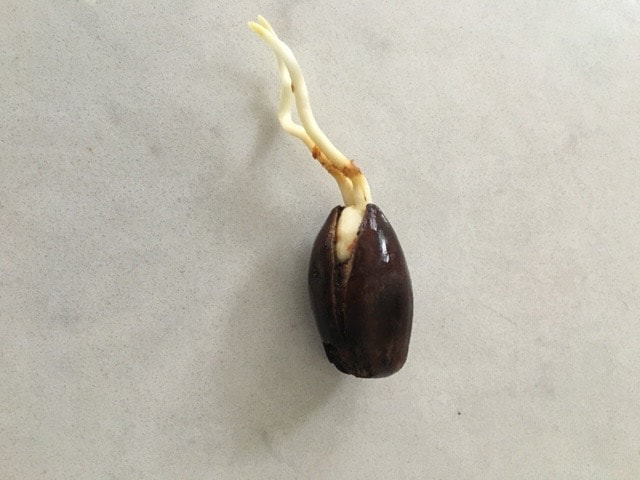
Keep the pot in a well-lit area, and moisten it every 2-3 days to maintain a humid soil.
Within a few weeks, the acorn will have produced a strong taproot and you’ll see the first stem sprouting up from the acorn.
How to Propagate Northern Red Oak (Quercus rubra) by Cuttings
Now if you can’t access any acorns, but you found a tree, you can always propagate red oak by taking stem cuttings.
Important: Take cuttings only from young trees, older trees lose their ability to regenerate over the years.
For example, if you see a big one, look around for smaller trees to take cuttings from.
The timing will depend on where you live, but generally, a good time to harvest cuttings is from the end of May until the end of August.
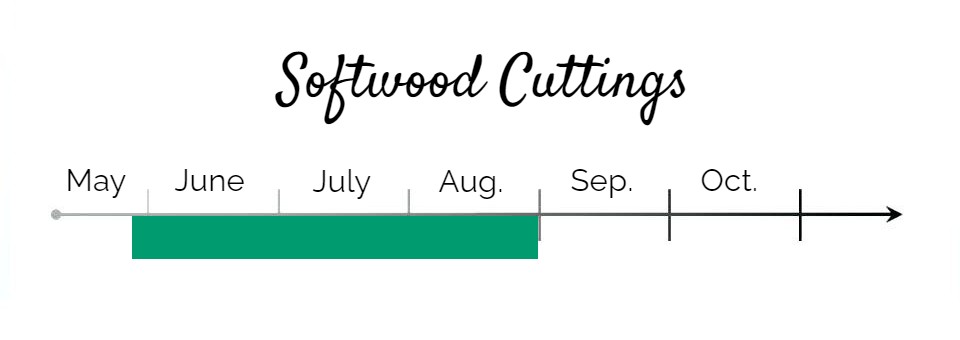
Now here’s how to get your oak cuttings:
- First, identify branches that are new growth from the previous year, they should be still on the green side. Note: You can take a whole branch and make multiple cuttings from it.
- Snip the branch just below a node, and make sure the width of the cutting is not too thin, 1/4″ to 1/2″ width each is needed.
- Now if you got a long stem, you can work with it to make multiple cuttings. First, snip off any branches forking from the main stem.
- Then, cut your branch into cuttings of about 6-8 inches long each. Always snip below the nodes.
Step 2: Root the Cuttings
- First, scuff up the base of the cutting to expose the cambium.
- Next, dip the end of your cuttings in rooting hormone.
- Then, use a stick to make a hole in your rooting medium.
- Next, place your cutting into the hole and compact the soil around it.
- Finally, cover the propagation box, and water regularly.
Oak cutting should form roots in about 6 weeks.
Recommended rooting medium: 3:1 Perlite & Peat, with slow-releasing fertilizer, ex. Osmocote Exact.
FAQ
Q: Is northern red oak native to Ontario?
A: Yes, you can find it growing in the Eastern Forest-Boreal Transition, Great Lakes & Acadian Forests.
Q: Where do red oak trees grow best?
A: Red Oaks favors growing in full sun, and in soils that have a slightly acidic pH and are moist, deep, and rich with good drainage.
Q: Can you eat red oak acorns?
A: Red oak acorns have more tannins than white oak, which give an unpleasant taste, and upset stomach. You can eat them but you must leach them first before you cook or roast them.
Q: What acorn do deer like the best?
A: Deers prefer white oak acorns, since they have fewer tannins, but will still eat red oak acorns.
